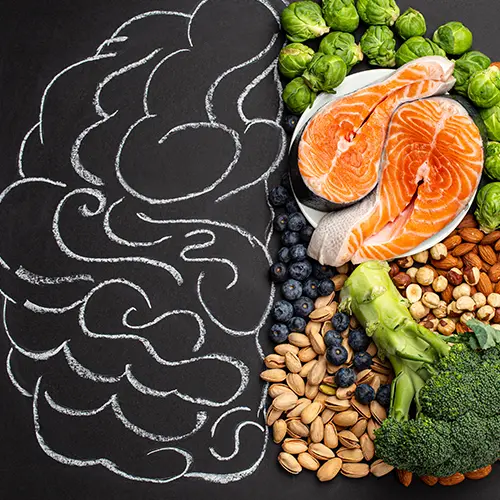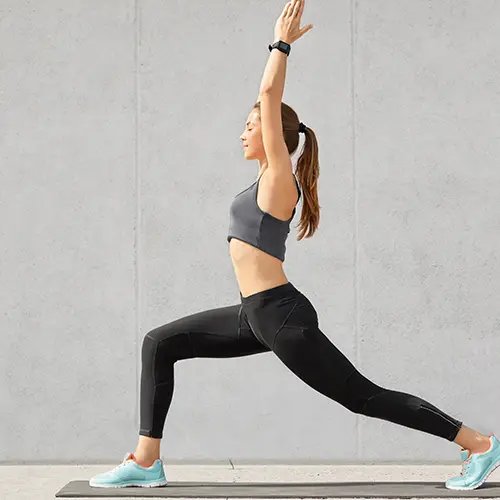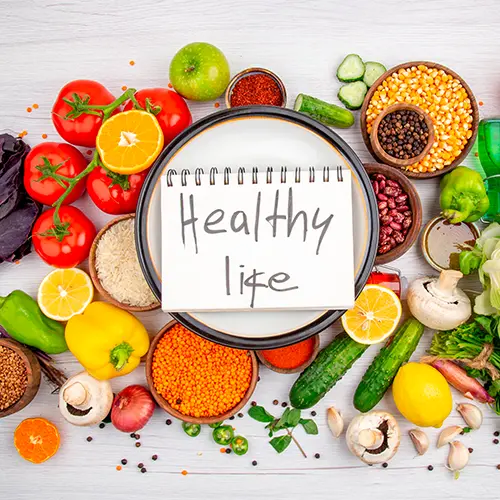Table of Contents
How many calories are in a chiken? Chicken, a staple in many diets worldwide, is celebrated for its versatility and nutritional value. However, the calorie content can vary significantly between different parts of the chicken, such as the breast, thigh, wing, and others.
Understanding these variations is crucial for those mindful of their calorie intake or following specific dietary plans.
In this comprehensive guide, we will delve into the calorie counts of various chicken parts, exploring how cooking methods and additional ingredients can influence these values.
Whether you're a fitness enthusiast, a health-conscious eater, or simply curious about your food's nutritional profile, this blog post will provide you with the essential insights you need to make informed decisions about including chicken in your meals.
How many calories are in a chicken breast?
The calorie count in a chicken breast can vary depending on factors such as the size of the breast and whether it is cooked with or without the skin. Here's a general estimate:
- Skinless, boneless chicken breast (cooked, roasted): Approximately 165 calories per 100 grams.
Keep in mind that these numbers are approximate and can vary based on cooking methods and specific preparations. If you have a specific chicken breast and cooking method in mind, I can provide a more accurate estimate.
Are chicken wings high in calories?
Yes, chicken wings are relatively high in calories compared to some other parts of the chicken. The calorie count for chicken wings can vary depending on factors like the size of the wing and how they are prepared. Here's a rough estimate:
- A single small chicken wing (without sauce) can have around 43 calories.
It's important to note that this calorie count is for a plain, unseasoned, and unbreaded chicken wing. When chicken wings are coated in sauces or breading, the calorie count can increase significantly. For example, fried and sauced chicken wings can have much higher calorie counts due to the added ingredients.
If you have a specific type of chicken wing preparation in mind, please provide more details for a more accurate calorie estimate.
Is chicken thigh higher in calories than chicken breast?
Yes, chicken thighs are generally higher in calories compared to chicken breasts. This difference in calorie content is primarily due to the difference in fat content between these two cuts of chicken. Here's a rough comparison:
- Skinless, boneless chicken breast (cooked, roasted): Approximately 165 calories per 100 grams.
- Skinless, boneless chicken thigh (cooked, roasted): Approximately 209 calories per 100 grams.
As you can see, chicken thighs have a higher calorie content because they contain more fat compared to chicken breasts. However, chicken thighs also tend to have a richer flavor due to the higher fat content, making them a popular choice for certain dishes. It's important to consider your dietary preferences and nutritional goals when choosing between chicken breast and chicken thigh in your meals.
Does cooking method affect the calorie count in chicken?
Yes, the cooking method can affect the calorie count in chicken. The calorie content of chicken can change based on how it is cooked and whether additional ingredients, such as oils or sauces, are used during the cooking process. Here's how cooking methods can impact the calorie count:
- Grilling or Baking: Grilling or baking chicken without adding extra fats (like oil or butter) tends to preserve its lower calorie content. These methods help maintain the natural moisture and flavor of the chicken without significantly increasing the calorie count.
- Frying: Frying chicken, especially deep-frying, significantly increases its calorie count. The oil used for frying is absorbed by the chicken, adding a substantial amount of calories. Breaded and fried chicken, such as fried chicken wings, can be much higher in calories compared to grilled or baked chicken.
- Sauces and Seasonings: Calories can also vary based on the sauces and seasonings used. Creamy or high-calorie sauces can add extra calories to chicken dishes. Using marinades, rubs, or seasonings with added sugar or fats can also increase the calorie content.
- Skin: Whether the chicken is cooked with or without the skin can make a difference. Chicken skin contains fat, and if it's left on during cooking, it will contribute additional calories to the dish. Removing the skin reduces the calorie content.
In summary, the cooking method and additional ingredients used can influence the calorie count of chicken dishes. If you're mindful of calorie intake, choosing cooking methods that don't add excess fats or using healthier seasonings can help you control the calorie content of your chicken meals.
Can I reduce the calorie content of chicken?
Yes, you can reduce the calorie content of chicken by making specific choices in terms of cuts, cooking methods, and additional ingredients. Here are some tips to help you lower the calorie content of your chicken dishes:
- Choose Lean Cuts: Opt for lean cuts of chicken, such as skinless, boneless chicken breast. These cuts have lower fat content and, therefore, fewer calories compared to cuts with higher fat content like chicken thighs.
- Remove the Skin: If you're concerned about calories, always remove the skin from chicken before cooking or eating it. Chicken skin contains a significant amount of fat, which contributes to higher calorie content.
- Use Healthier Cooking Methods: Choose healthier cooking methods like grilling, baking, broiling, or poaching. These methods don't require adding extra fats, unlike frying, which involves oil.
- Minimize Added Fats: Avoid using excessive amounts of oils, butter, or high-calorie sauces when cooking chicken. Instead, use cooking sprays or small amounts of healthier oils like olive oil sparingly.
- Season Smartly: Use herbs, spices, and low-calorie seasonings to flavor your chicken instead of high-calorie sauces or marinades. This adds flavor without significantly increasing calories.
- Portion Control: Be mindful of portion sizes. Eating smaller portions of chicken can naturally reduce calorie intake.
- Trim Excess Fat: Before cooking, trim any visible fat from the chicken, which can help reduce calorie content.
- Choose Skinless, Boneless Cuts: When buying chicken, choose skinless, boneless cuts if available. They are generally leaner and have fewer calories than bone-in or skin-on options.
By implementing these strategies, you can enjoy delicious chicken dishes while managing your calorie intake effectively. Remember that chicken is a versatile protein source, and with the right choices, it can be part of a healthy and balanced diet.
F.A.Q
How many calories are in a chicken breast?
The calorie count in a chicken breast can vary depending on its size and whether it's cooked with the skin on or off. Generally, a skinless, boneless chicken breast contains about 165 calories per 100 grams.
Is chicken thigh higher in calories than chicken breast?
Yes, chicken thighs are typically higher in calories compared to chicken breasts. This is partly due to their higher fat content. A skinless, boneless chicken thigh contains about 209 calories per 100 grams.
Are chicken wings high in calories?
Chicken wings are relatively high in calories because they contain skin and are often cooked in ways that add additional calories (like frying). A single small chicken wing can have around 43 calories, mostly due to its skin and cooking method.
Does cooking method affect the calorie count in chicken?
Absolutely. Grilled or baked chicken typically has fewer calories compared to fried chicken. This is due to the fat and batter often used in frying, which adds extra calories.
How does the calorie content change with different cuts of chicken with skin on?
Chicken skin adds additional calories and fat. For instance, a skin-on chicken breast has more calories than a skinless one, potentially adding 50-100 extra calories depending on the size of the piece.
Can I reduce the calorie content of chicken?
Yes, by choosing lean cuts like breast, removing the skin, and using healthier cooking methods like grilling or baking, you can significantly reduce the calorie content.
Is chicken a good option for low-calorie diets?
Chicken, especially skinless breast, is a great option for low-calorie diets due to its high protein and low fat content. It's filling and can be prepared in various healthy ways.
Do different breeds of chicken have different calorie counts?
The calorie content can slightly vary between breeds, but the difference is usually negligible. The cooking method and whether the chicken is skin-on or skinless are more significant factors.
How accurate are the calorie counts on packaged chicken products?
Packaged chicken products should have accurate calorie counts as per food labeling regulations. However, keep in mind these counts can vary slightly based on the specific product and preparation method.
Are there nutritional benefits to eating chicken with the skin on?
While chicken skin adds calories, it also contains nutrients like fat-soluble vitamins and essential fatty acids. However, it should be consumed in moderation due to its high fat and calorie content.




















